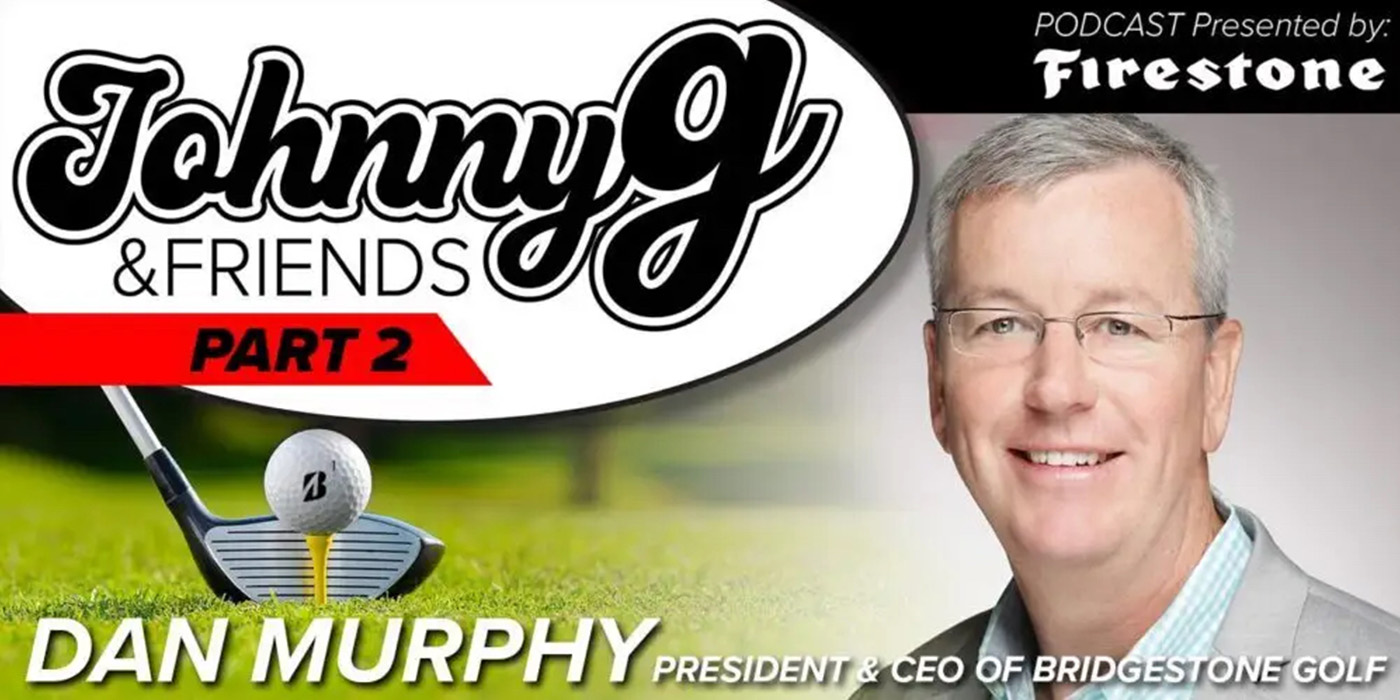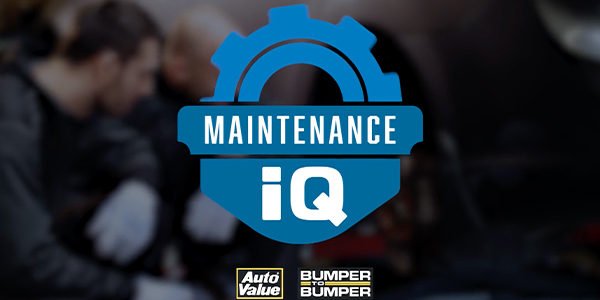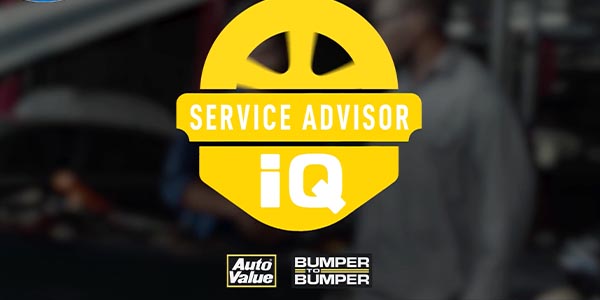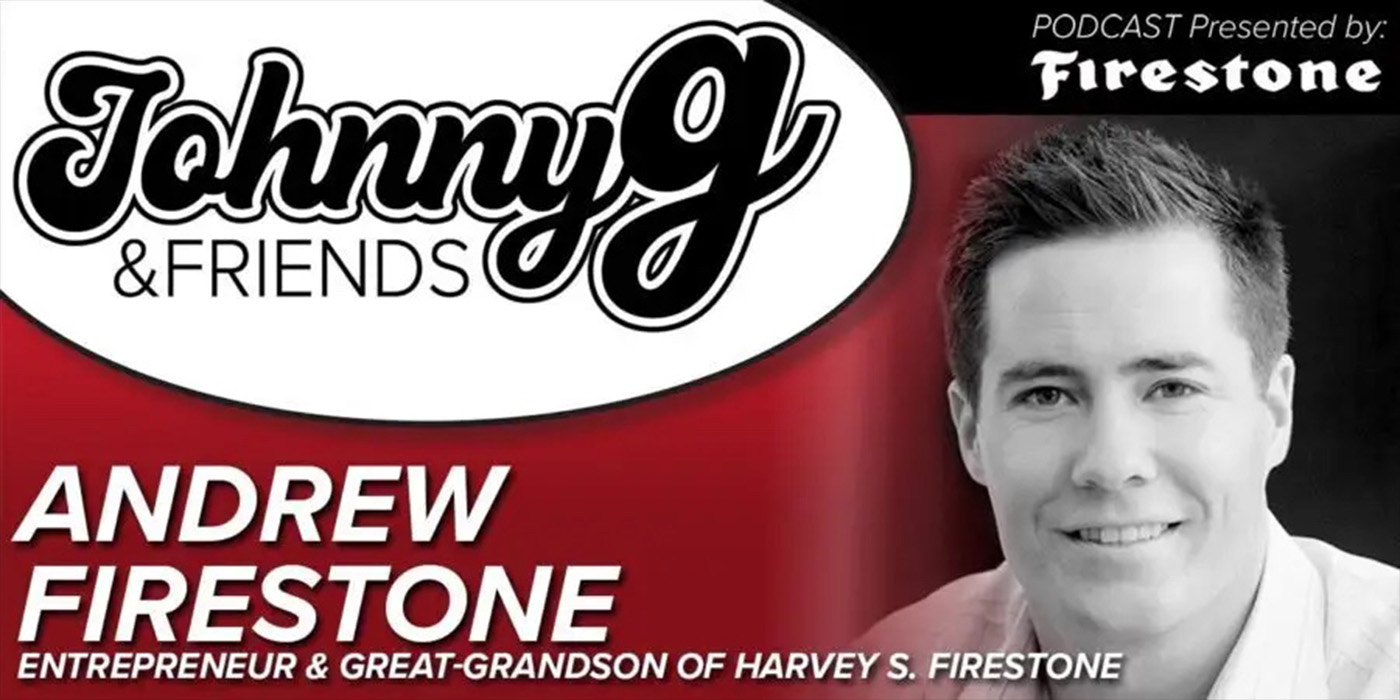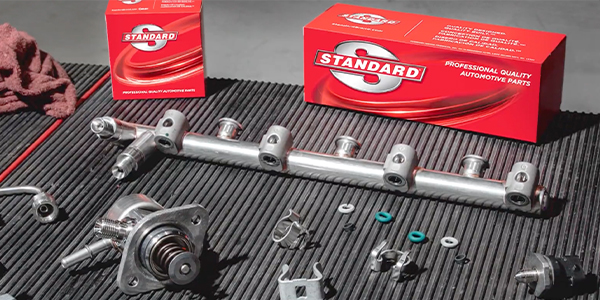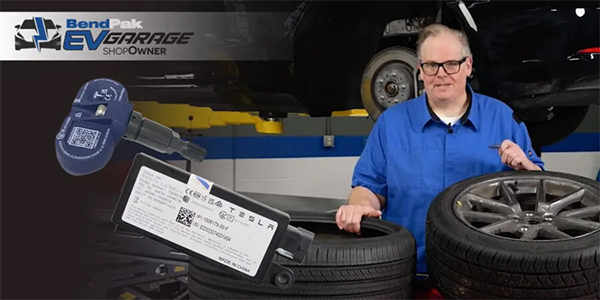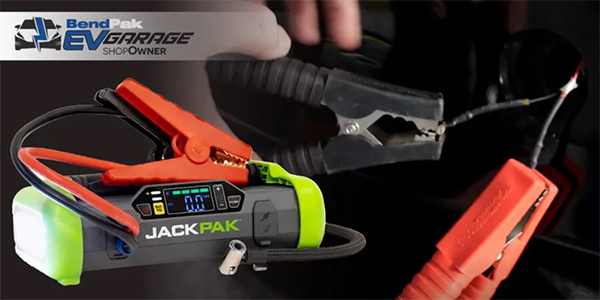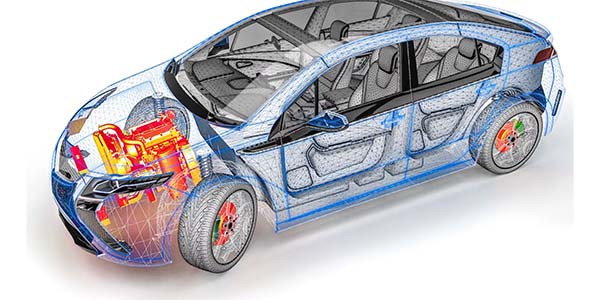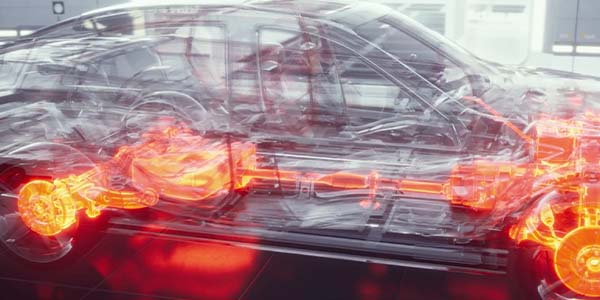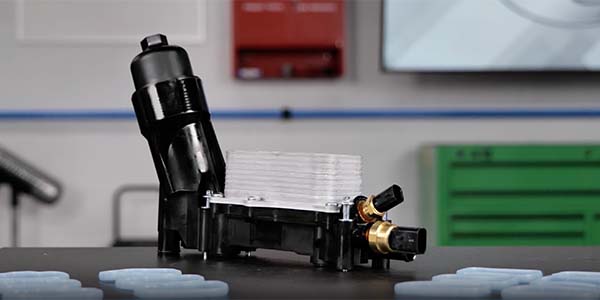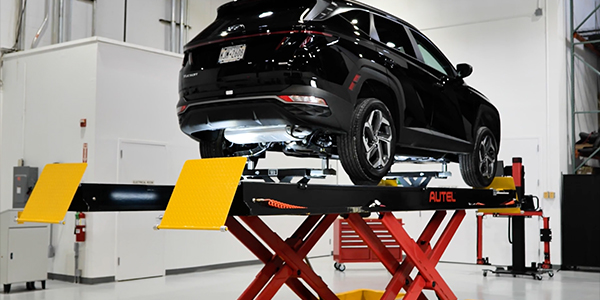Certain components typically last a long, long time – your customer might not experience a serpentine belt replacement until their car or truck reaches 60,000-100,000 miles after it was installed at the factory during the vehicle’s assembly.
Your service advisors should remember that, because the average age of vehicles today is in the 12-to-13-year range, many vehicles are being driven much longer than that. And, light duty vehicles are being driven 12,000 to 14,000 miles a year (on average).
A serpentine belt system has a service life somewhere in the 90K range.
That puts a serpentine belt replacement at about the 6 year mark – halfway through an average vehicles life – with many more miles to go.
So, once they’ve had ONE belt replaced, your customers will likely see the need for another one at some point. Here’s what’s often misunderstood:
While they may expect the same service from a replacement belt, in many cases, they’ll actually see significantly fewer miles of service because a complete service is not being performed.
It’s likely NOT the fault of the replacement belt because you’re not dealing with a single component, the belt, you’re dealing with a system. The serpentine drive belt system is actually made up of a set of sub-systems, designed to work together and be replaced together. The belt will see different stresses and loads depending on the accessory being driven during the operation of the vehicle.
Your tech may have suggested belt replacement for a variety of reasons, including normal wear (usually revealed using a belt wear gauge), hearing belt squeak because of belt elongation, a worn tensioner, misalignment or because there was visible contamination from petroleum products.
In addition to driving different components, the belt is in constant contact with tensioners and pulleys. These components are designed with the same lifespan as the belt and when they are worn or damaged they can actually shorten the life of a new belt.
A belt tensioner is spring-loaded, and the constant movement of the tensioner will wear down the spring’s ability to apply the correct amount of force to the belt. A belt without the appropriate force applied will not effectively drive the accessory pulleys which creates an inefficient transfer of power, underperforming accessories and accelerated wear of the newly installed belt. Tensioners also dampen the impulses created by the engine and, when the damper fails, the belt begins to hammer the accessories in the system.
Idler pulleys and tensioner pulleys have sealed ball bearings and are designed with the same service life as a typical serpentine belt. A worn-out bearing can cause the pulley to operate at an abnormal angle, creating excessive wear on one side of the belt.
A seized pulley can break off its mount, causing the belt to ride off the pulleys. Even if it isn’t broken, a misaligned pulley can cause an annoying chirp, and actually accelerate belt wear. Misalignment is the number one cause of belt chirp on serpentine belt systems, say experts.
As the vehicles in operation continue to get older, you’ll likely see more and more customers surprised to know they’re having belt issues. The first step is to accurately inspect the system.
By doing so, you can uncover if you have one or more belt-eating culprits such as parallel or angular misalignment. Pulley run-out is misalignment from a bent component shaft or worn bearings. During your inspection, keep an eye out for bent or broken accessory brackets, and look for loose, missing or broken bolts – these items will contribute to belt alignment issues.
In addition, be sure fluid leaks are addressed at the time of belt replacement. Petroleum-based fluids will soften belt material, causing the belt to weaken, wear faster and, in some cases, cause belt delamination. Along with oil-based leaks, a coolant leak might not cause physical belt damage but will cause the belt to slip on the pulleys. The slippage will cause the belt to wear and add heat to the belt which can result in premature belt failure.
Of course, older vehicles aren’t the only ones at risk. Today’s hybrids and electric vehicles require precision function of all their components to maximize their efficiency. Your attention to belt condition will ensure drivers have the right components to keep their systems operating effectively. For more information, visit Gates.com.
This video is sponsored by The Group Training Academy.

